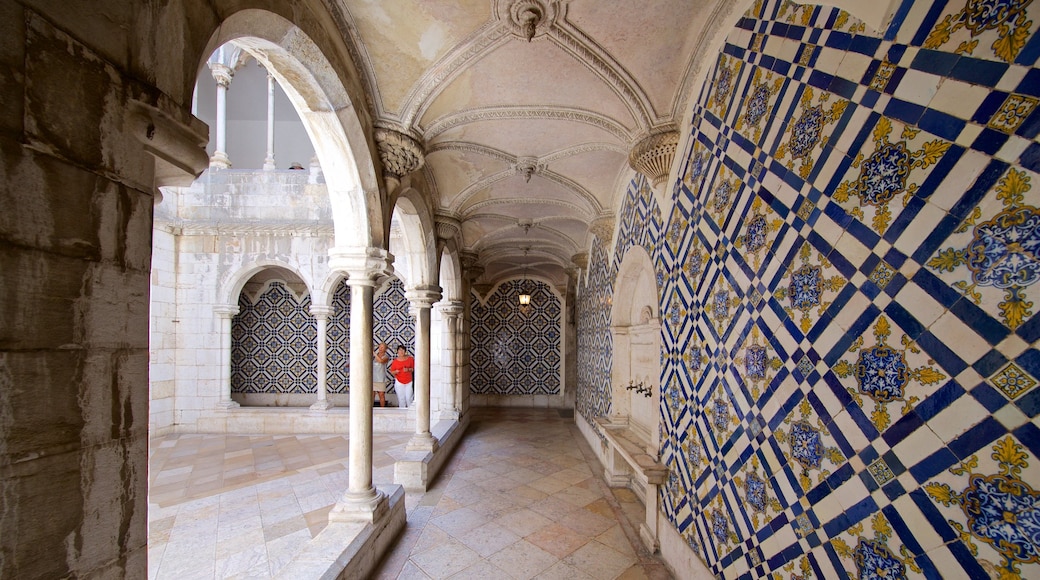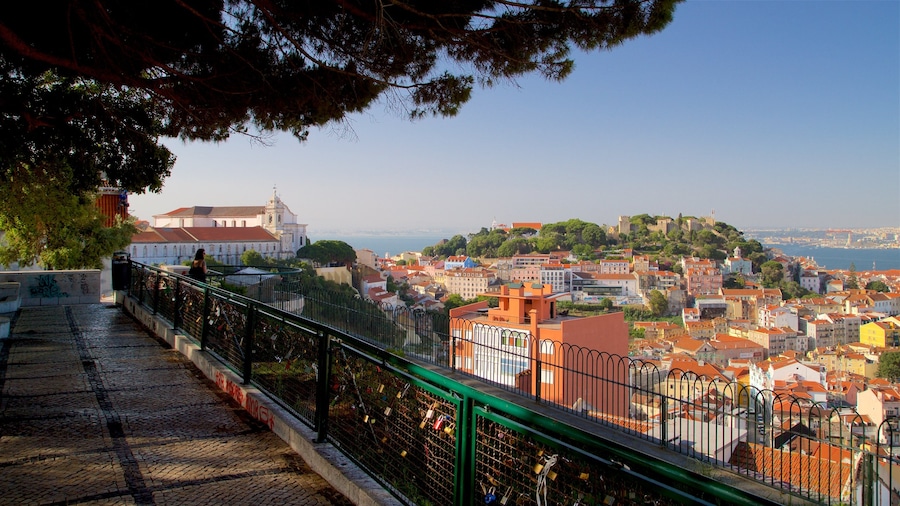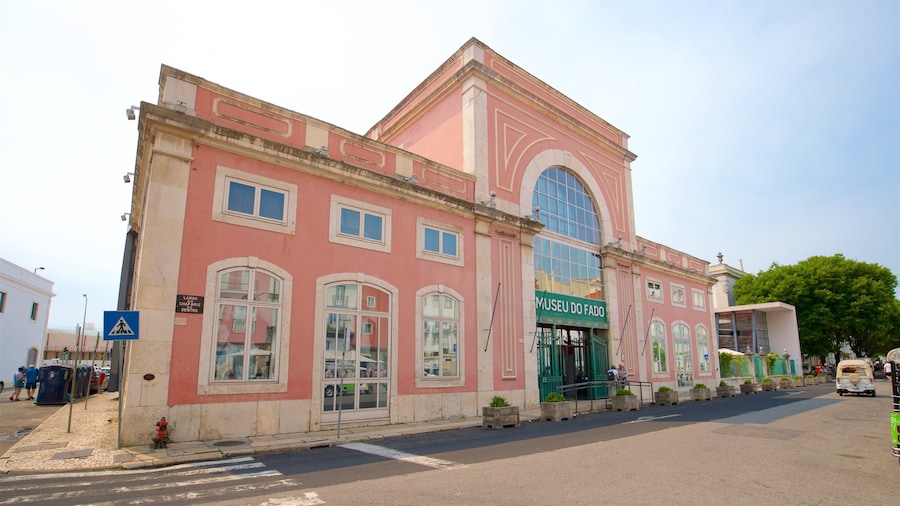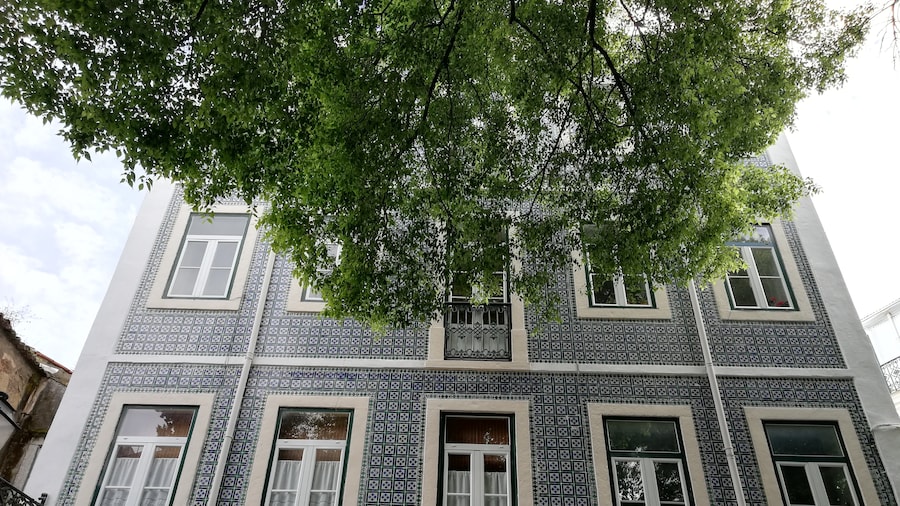See rare examples of an ornamental art form that has become synonymous with Portugal in this museum dedicated to azulejo ceramic tiles.
Visit the National Museum of Azulejos to view a collection of intricately painted tiles from throughout the ages. Visible all across Lisbon and beyond, these skillfully painted tiles are an important part of Portugal’s artistic heritage.
Almost every visitor to Lisbon comes across these eye-catching tiles, which can be seen adorning walls, metro stations and courtyards all across the city. At the museum, learn about the origins of the art form, which is believed to have first arrived Portugal during the Moorish takeover of the Iberian Peninsula.
The museum is set inside the Madre de Deus Convent, a magnificent 16th-century building. Admire the ornate chapter house and the chapel dedicated to St. Anthony, which features elaborate decoration, including gilded frames, gold accents, carved wood, tiled panels and oil paintings.
Read about the production of azulejo tiles. Traditionally, the ceramic tiles are covered with an enamel glaze, then the decoration is stenciled on, before the tiles are painted and then slowly baked in a kiln.
Trace the changing popularity of the tiles in Portugal. Although much sought after throughout the 17th and 18th centuries, azulejos gradually fell out of vogue. By the early 20th century, production was in decline. In the mid 20th century, Lisbon’s new azulejo-decorated metro stations sparked a renewed interest in the art form and an azulejo revival movement was underway.
Inspect the museum’s impressive collection of tiles, which span the early 15th century through to the 20th century. Among the standout displays is a 1,300-tile panel depicting the cityscape of Lisbon prior to the 1755 earthquake. In addition to the more elaborate panels on show, the museum also showcases individual tiles bearing simpler designs including flowers.
The National Museum of Azulejos is located not far from the Tagus waterfront, northeast of Alfama. To get here, take the metro to the Santa Apolónia stop and walk northeast for around 20 minutes. Local buses stop nearer to the door. The museum is open Tuesday through Sunday. There is an admission fee for adults.































































